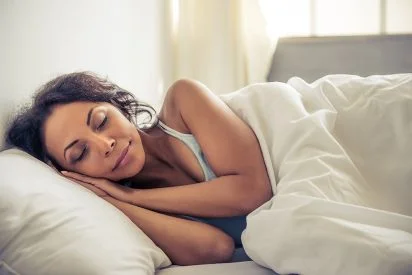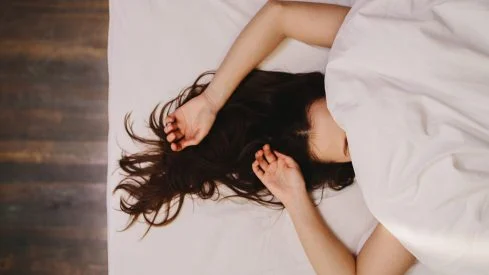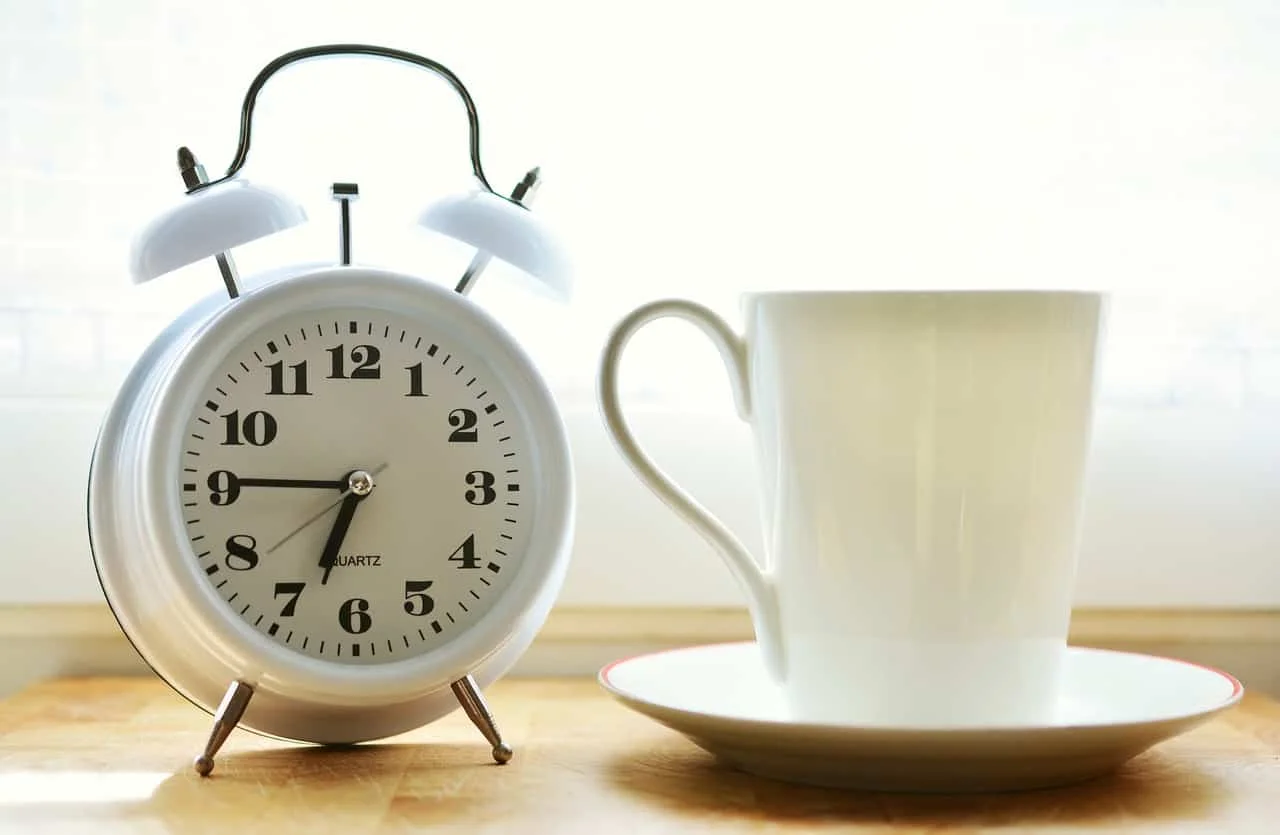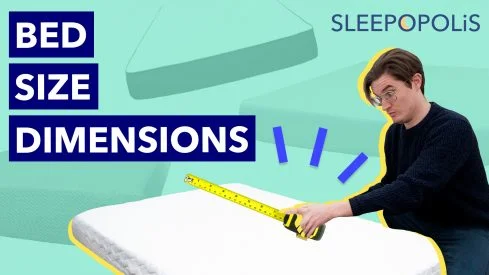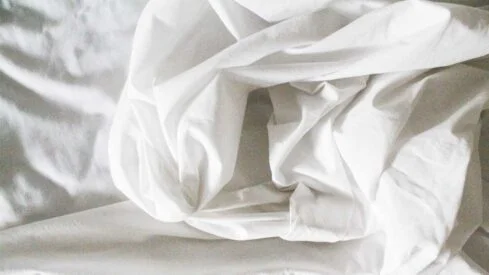Here at Sleepopolis, we’ve tested over 500 mattresses, running each one through an extensive 13-point methodology that measures how bed performs in a number of categories, from cooling to responsiveness to edge support. One of our most prominent and important testing categories is pressure relief.
Pressure relief refers to a mattress’s ability to prevent pressure buildup on specific areas of the body. Below, we’ll break down exactly how we test pressure relief, as well as some considerations for different sleeping positions, body types, and more.
How We Test Pressure Relief
To get an idea of a mattress’s pressure-relieving ability, we run it through two different tests — the pressure map test, which gives us a visual readout of pressure buildup, and a feel test, which is more subjective.
Pressure Map Test
First, we spread a specialized mat over the bed. The mat uses heat-mapping technology to show where pressure is building across a tester’s body in various positions after they lie down. This data gets transmitted to a computer, creating a graphic — or “map” — that’s color-coded. High pressure spots are indicated in orange and red, while low-pressure (or no-pressure) spots are green and blue). See below for an example of our pressure map of one of our testers lying on the Linenspa 8-Inch Hybrid mattress in the side-sleeping position.

The map tells us that there’s little to no pressure buildup around the shoulders and back, but high pressure buildup at the hip, as indicated by the patch of yellow and red. So based off our pressure map, we likely wouldn’t recommend this mattress to side sleepers.

Feel Test
As important as data is, we also want to know how our testers feel while lying on a mattress. So we have several folks rest on the bed in the three primary sleeping positions: back, side, and stomach. They report any areas of discomfort and how it feels overall to be in each position. We then combine their observations with the pressure map data to come up with an overall pressure relief score from 1 to 5, with 1 being uncomfortable and 5 being most comfortable.

Pressure Relief and Sleeping Position
Different sleeping positions tend to put pressure on different parts of the body. When evaluating pressure relief, we take the following areas into account for each position.
- Side sleepers put the most pressure on their shoulders and hips.
- Back sleepers put the most pressure on the lumbar region.
- Stomach sleepers put the most pressure on their torso and hips — specifically the front of the hip bones, rather than the side.
Pressure Relief and Body Type
As with sleeping positions, different weights and body types put different amounts of pressure on a mattress. That’s why we perform our pressure-map test on testers of all different weight categories — specifically, under 130 pounds, 130–230 pounds, and over 230 pounds.
Since more weight puts more pressure on a mattress, it’s important to understand how the bed might feel for each tester. For instance, a memory foam mattress might feel softer to a sleeper over 230 pounds than it does to someone under 130 pounds. This informs our recommendations. Below, you can see our different testers trying out the pressure map.




